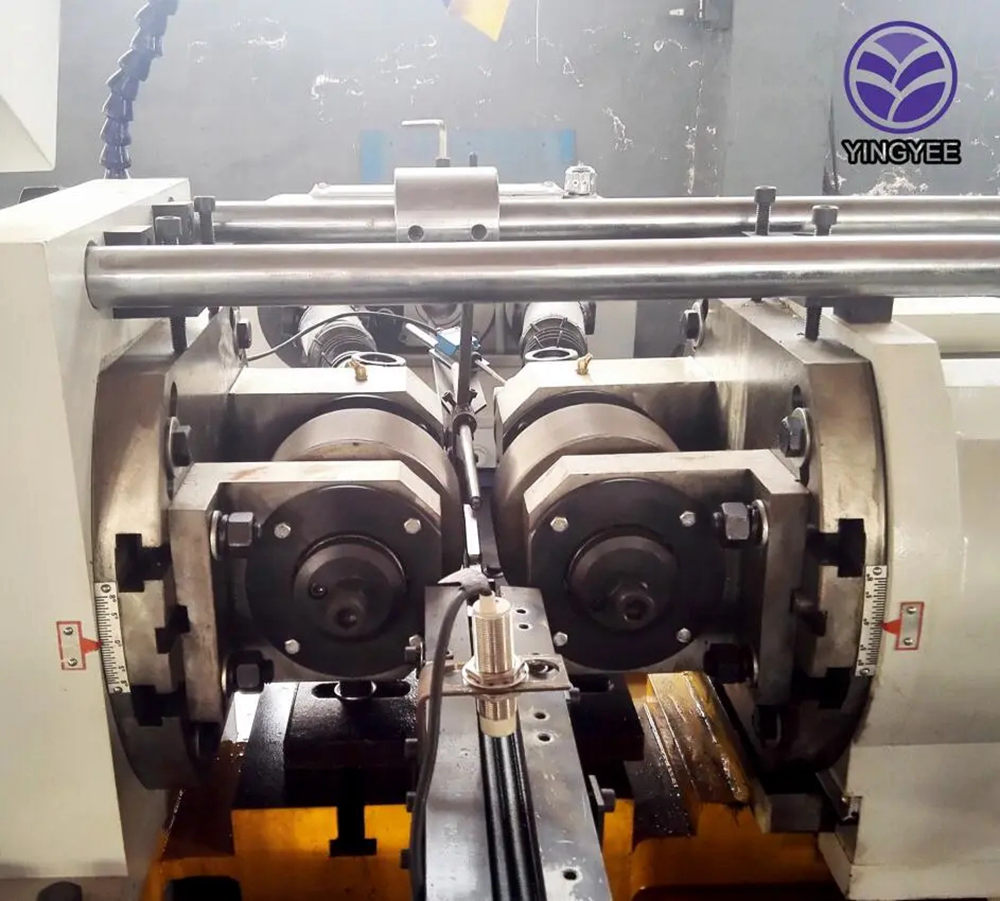
Stud and Track Frame Forming Machine An Overview
In the modern construction and manufacturing landscape, efficiency and precision are paramount. Among the various innovations that have emerged to enhance efficiency, the stud and track frame forming machine stands out as an indispensable tool for the production of lightweight steel framing systems. This machine has revolutionized the way metal frames are fabricated, providing solutions that are not only time-efficient but also cost-effective.
Understanding the Mechanism
The stud and track frame forming machine is designed to produce C and U-shaped steel components used in the construction of walls, ceilings, and other structural applications. The process begins with the feeding of metal coils, which are formed through a series of rolls into various profiles. These profiles are then cut to length based on design specifications. The precision of the machine ensures that each piece is uniform, minimizing waste and ensuring that components fit together seamlessly during assembly.
At the heart of the machine is its roll forming technology. Roll forming is a continuous bending operation in which a long strip of metal is passed through a series of rollers, each progressively bending the metal until the desired cross-section is achieved. This method allows for high production rates and consistent quality, which is essential for meeting the demands of fast-paced construction projects.
Applications and Benefits
The primary applications of stud and track frame forming machines are in residential and commercial construction. These machines are used to create internal and external wall frames, ceiling systems, and other structural elements that require a strong yet lightweight solution. The benefits of using stud and track framing include
1. Speed and Efficiency The automated nature of the forming machine drastically reduces production time. With continuous operation, manufacturers can produce large quantities of components in a short period, meeting tight deadlines often required in the construction industry.
2. Cost-Effectiveness By automating the process of creating steel framing components, labor costs are significantly reduced. Additionally, the precise nature of the machine decreases material waste, leading to further cost savings.

3. Design Flexibility The machine can accommodate various designs and specifications, allowing manufacturers to produce customized components tailored to the specific needs of different projects. This flexibility is crucial for architects and builders who aim to push the boundaries of design.
4. Increased Strength and Durability Steel framing is inherently stronger and more durable than traditional wood framing. Using steel reduces the risk of warping, wood rot, and pest infestations, resulting in longer-lasting structures.
5. Sustainability Steel is a recyclable material, and using it in construction contributes to sustainable building practices. In addition, the energy efficiency gained from using steel frames can lead to reduced heating and cooling costs in finished buildings.
Market Trends and Future Prospects
As the demand for prefabricated building components continues to grow, the stud and track frame forming machine market is expected to witness significant advancements. Innovations in technology, such as the integration of robotic systems and smart manufacturing techniques, are likely to enhance the capabilities of these machines further.
Moreover, as building regulations become more stringent regarding sustainability and energy efficiency, the steel framing market will pave the way for innovative solutions that meet contemporary standards. Real-time monitoring and adjustments during the manufacturing process will ensure that quality control is maintained, resulting in high-standard output.
Furthermore, with the growth of modular construction, which seeks to expedite the building process while maintaining high-quality standards, the role of stud and track frame forming machines will become ever more critical. As these machines evolve, their adaptability to various construction methods will allow manufacturers to respond swiftly to changing market demands.
Conclusion
In conclusion, the stud and track frame forming machine represents a significant advancement in construction technology. By enhancing efficiency, cost-effectiveness, and design flexibility, it is reshaping the way buildings are constructed. As the industry marches toward more sustainable and innovative solutions, the stud and track frame forming machine will undoubtedly play a pivotal role in spearheading this transformation, securing its place as a cornerstone of modern construction practices.